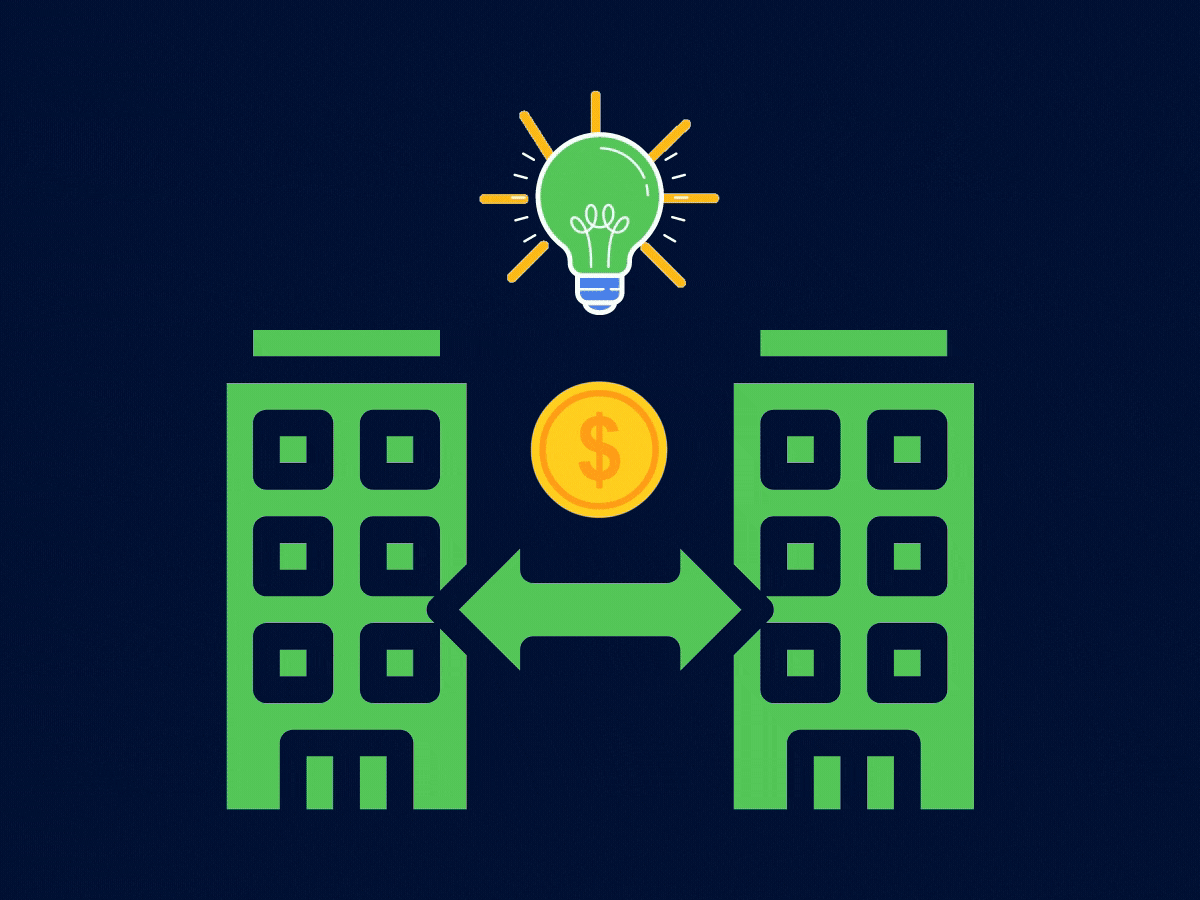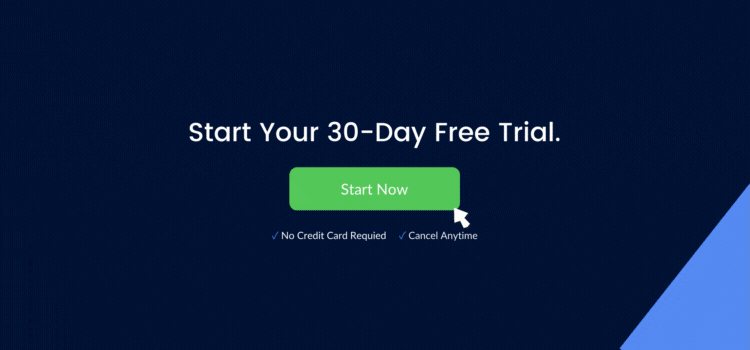
As you operate your business or handle the finance for a client, you would have come across these different payment types, including:
If you are getting ready to start a business, this is your dictionary for understanding different types of common payment types in operating a business.
Check
A check (cheque) payment is “a check is a written, dated, and signed instrument that directs a bank to pay a specific sum of money to the bearer.”
In 2018, PYMNTS research revealed that 64% of business-to-business (B2B) payments were made with checks. However, a report released a year after in 2019 from the Association for Financial Professionals (AFP), underwritten by J.P. Morgan (JPMorgan Chase & Co.), states that there has been a decline in B2B transactions check usage, falling to an all-time low of 42% of the business made a check payment. Indeed, in 2020, Payments Canada found that 12% of the payment volume came from checks.
One third (1/3) of the 785 organization that participated in the research wants to stay current and aim for early adoption. Additionally, 60% of the organizations believe that electronic payment will allow for faster payments, positively impacting the entire organization. In fact, another research on the B2B payments by PYMNTS, in partnership with Mastercard, also found that 59% of businesses believed that digital payment would accelerate payment speed, and 30% of the respondents predicted a decrease in their check usage. In 2020, the top three most common payments made using checks by B2B included: payroll, professional services, and rent.
Credit Card
Credit card payments allow the receiver to automatically receives the payment. However, the cardholder can pay back later with or without interest depending on when the amount “borrowed” from the credit card company is paid off. The traditional credit card is a thin rectangular piece of plastic or metal. However, with emerging technology, we are introduced to a digital credit cards.
As technology advances, the risk of credit card payment is reduced, and more businesses accept credit cards as a B2B payment option. Indeed, in 2020, Payments Canada found that 14% of the payment volume came from EFT. In 2020, the top three most common payments made using check by B2B included: travel-related expenses, entertainment, office supplies, and computer equipment.
E-transfer
For those who only operate in the United States (USA), you might not be familiar with e-Transfer, also known as Interac e-Transfers, and email money transfer (EMT) commonly used in Canada. The equivalent payment method in the USA would be PayPal, Zelle, or Venmo.
In current times, when businesses are required to make remote and contactless payments, transactions on small scales are welcomed through e-Transfer by businesses. Receiving payments by e-Transfer allows paper-free, but good record keeping along with security. Moreover, it speeds up collecting receivables and a 100% guarantee of the payment, as payment can only be made when there is a sufficient amount of money to send. In 2020, Payments Canada found that 11% of the payment volume came from EFT.
ACH or EFT payment
Both Electronic Funds Transfer (EFT) and Automated Clearing House (ACH) payment is the process of electronically moving funds from one bank account directly into another bank account without using a cheque or getting assistance from a bank representative. However, EFT is only available in Canada, and ACH is used in the USA.
In the USA, businesses see value in ACH payment as it allows faster payment using available services like Same Day ACH. In fact, both EFT and ACH reduces processing time, approval needs, and admin costs while improving security, audit trail, supplier relations, and cash flow. In 2020, Payments Canada found that the majority of 62% of the payment volume came from EFT. Moreover, the top three most common payments made using check by B2B in 2020 included: government payments, government taxes, payroll, and utilities, including telecommunications.
Too many types of B2B payments to take care of?
Unfortunately, when you own a business, you are required to make these different types of payments, and different types of payments mean each payment has its own unique way that it needs to be handled, which requires you to invest your time.
The good news for those in Canada is that you can now make all your business payments using one platform. Plooto Network allows you to make every single business payment – including those you had to pay by check. Learn more about Plooto Network, or you can get started today.
Mastercard's study based on 1,000 small business owners in the US and Canada found that over one-third (38%) of small business owners in the USA and Canada experienced cash flow issues using a traditional method like a check. Moreover, even 70% of accountants are using electronic bill payment platforms. If you already haven’t, it’s time to adopt digital business payment to increase speed, security, and transparency leading to stronger cash flow.













